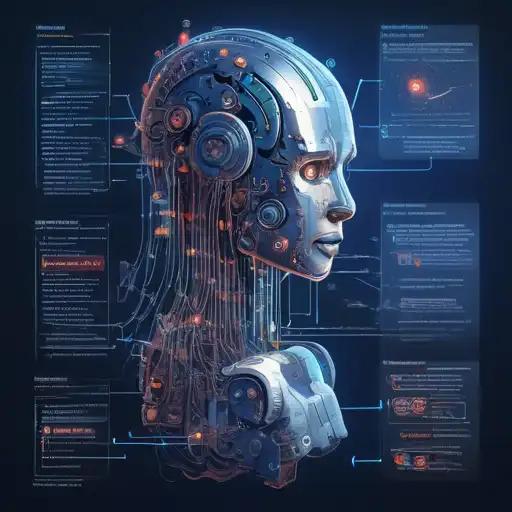Introduction to Machine Learning Algorithms
Machine learning algorithms are the backbone of artificial intelligence, enabling computers to learn from data and make decisions with minimal human intervention. For beginners, understanding these algorithms can seem daunting, but with the right approach, it's entirely achievable. This guide aims to demystify machine learning algorithms, providing a solid foundation for those new to the field.
What Are Machine Learning Algorithms?
At their core, machine learning algorithms are mathematical models that allow computers to learn patterns from data. These algorithms can be broadly categorized into supervised, unsupervised, and reinforcement learning, each serving different purposes in data analysis and prediction.
Supervised Learning Algorithms
Supervised learning algorithms learn from labeled training data, making predictions or decisions based on that data. Examples include:
- Linear Regression
- Logistic Regression
- Support Vector Machines (SVM)
- Decision Trees
These algorithms are widely used in applications like spam detection and credit scoring.
Unsupervised Learning Algorithms
Unsupervised learning algorithms, on the other hand, work with unlabeled data. They try to find hidden patterns or intrinsic structures in the input data. Common examples include:
- K-Means Clustering
- Principal Component Analysis (PCA)
- Association Rules
These algorithms are essential for market basket analysis and customer segmentation.
Reinforcement Learning Algorithms
Reinforcement learning algorithms learn by interacting with an environment, using feedback from their own actions and experiences. Notable examples include:
- Q-Learning
- Deep Q Network (DQN)
These algorithms power applications like autonomous vehicles and game playing AI.
Choosing the Right Algorithm
Selecting the appropriate machine learning algorithm depends on the problem at hand, the nature of the data, and the desired outcome. Beginners should start with simpler algorithms like linear regression or k-means clustering before moving on to more complex models.
Conclusion
Machine learning algorithms are a fascinating area of study with vast applications across industries. By starting with the basics and gradually exploring more complex models, beginners can build a strong understanding of how these algorithms work and how to apply them effectively. For those interested in diving deeper, exploring data science and artificial intelligence can provide further insights into the power of machine learning.
